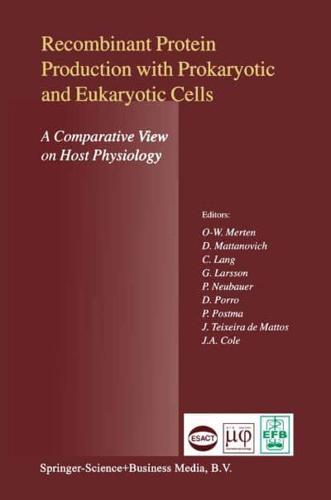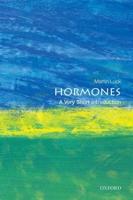Publisher's Synopsis
More then 20 years have passed now since the first recombinant protein producing microorganisms have been developed. In the meanwhile, numerous proteins have been produced in bacteria, yeasts and filamentous fungi, as weIl as higher eukaryotic cells, and even entire plants and animals. Many recombinant proteins are on the market today, and some of them reached substantial market volumes. On the first sight one would expect the technology - including the physiology of the host strains - to be optimised in detail after a 20 year's period of development. However, several constraints have limited the incentive for optimisation, especially in the pharmaceutical industry like the urge to proceed quickly or the requirement to define the production parameters for registration early in the development phase. The additional expenses for registration of a new production strain often prohibits a change to an optimised strain. A continuous optimisation of the entire production process is not feasible for the same reasons.











